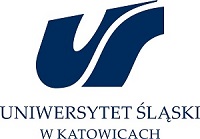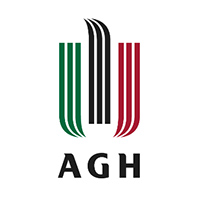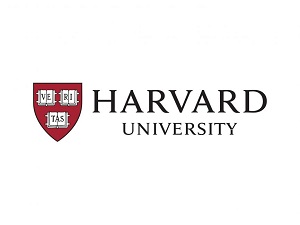| Katarzyna Stołpiec |
Regional COVID-19 risk rankings play a vital role in managing the outbreak. The regions at their top are considered to be the most threatened and it is there that restrictions are imposed (e.g. travel restrictions). Therefore, it can be said that human health indirectly depends on the method of creating such rankings. At the same time, the World Health Organisation points out that infodemic, i.e. an excess of information (including false), has a negative impact on human well-being, resulting in confusion and distrust towards public health institutions.
One example that combines these two concerns apply to Luxembourg. In the summer of 2020, the Berlin Institute of Robert Koch, together with many European countries, decided that Luxembourg should be included in the zone of high risk of infection with the SARS-CoV-2 virus. This was due to the number of confirmed cases per 100,000 inhabitants. A month later, this decision was reversed. It was found that at that time Luxembourg was performing a large number of tests per 100,000 inhabitants, which resulted in an adequately high number of confirmed cases.
A group of researchers from the University of Silesia in Katowice, AGH University of Science and Technology in Kraków and Harvard University proposed a formula for risk classification that would be acceptable from the point of view of fair regional assessment and epidemiological interpretability.
– Regions that test a lot and as a result have a higher number of confirmed cases should not be penalised for the first place in the risk rankings for doing so. It’s a bit like saying that people who don’t get tested are healthier than people who got tested. The former will never get unfavourable results, but this does not mean that they are healthier, says Michał Michalak, PhD, who initiated the research. The scientist studied mathematics and geology at the University of Silesia, and in 2021 he defended his doctoral dissertation on new methods of analysing geological surfaces. He is currently an employee of the AGH University of Science and Technology in Krakow and he is also managing a grant from the National Science Centre at the University of Silesia in Katowice.
– The formula involves dividing the relative risk of infections (ratio of observed and expected values) to the risk of testing – explains Michał Michalak, PhD. –The argument for using such a formula is that we compare the local (e.g. for a province) and global (for the whole country) detection or probability of finding infected samples, which indicates how much potentially sick people were actually sick.. When the ratio of local to global detectability is greater than 1, then the risk is greater than the average, and vice versa.
The research results were published in the scientific article entitled “Reducing bias in risk indices for COVID-19.” The full version of the text is available on the website of the „Geospatial Health” journal.
– It was not easy for us to publish an article on a foreign subject. The enthusiastic attitude towards the research of the chief editor of the journal, Robert Bergquist, PhD, who emphasised the potential great practical importance of research, was extremely helpful. We are also pleased with the cooperation with the Harvard PhD student T.H. Chan School of Public Health, the unit that, according to the Shanghai ranking, ranks first in the field of public health – sums up Michał Michalak, PhD.

 |
 |
 |





